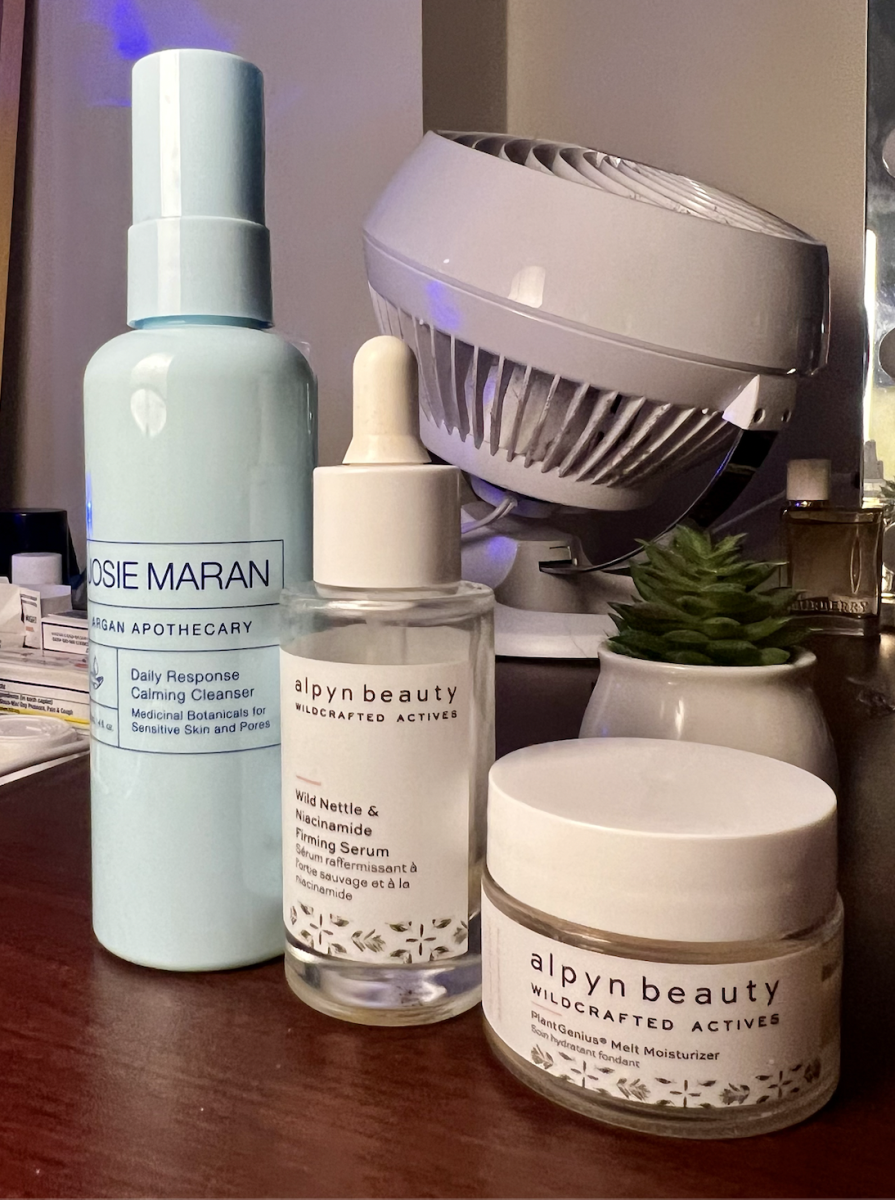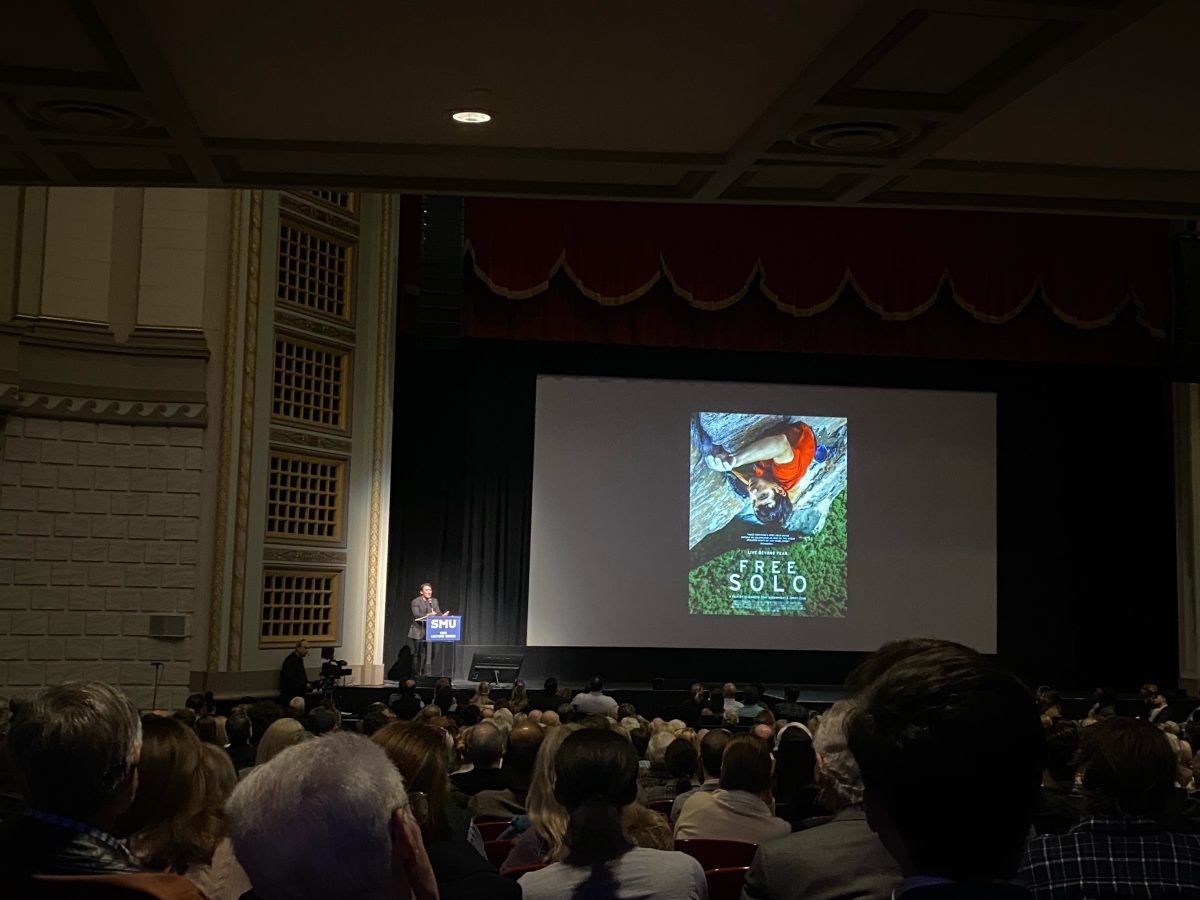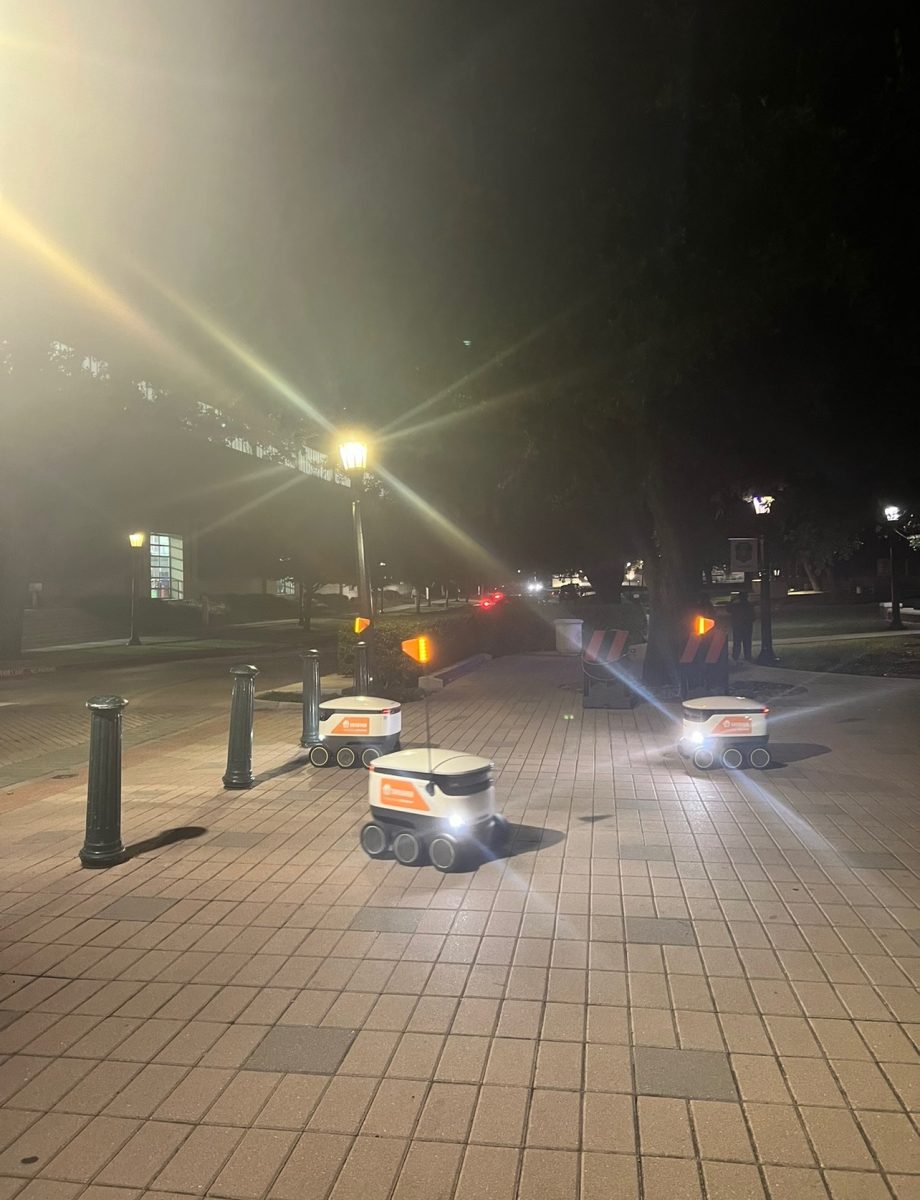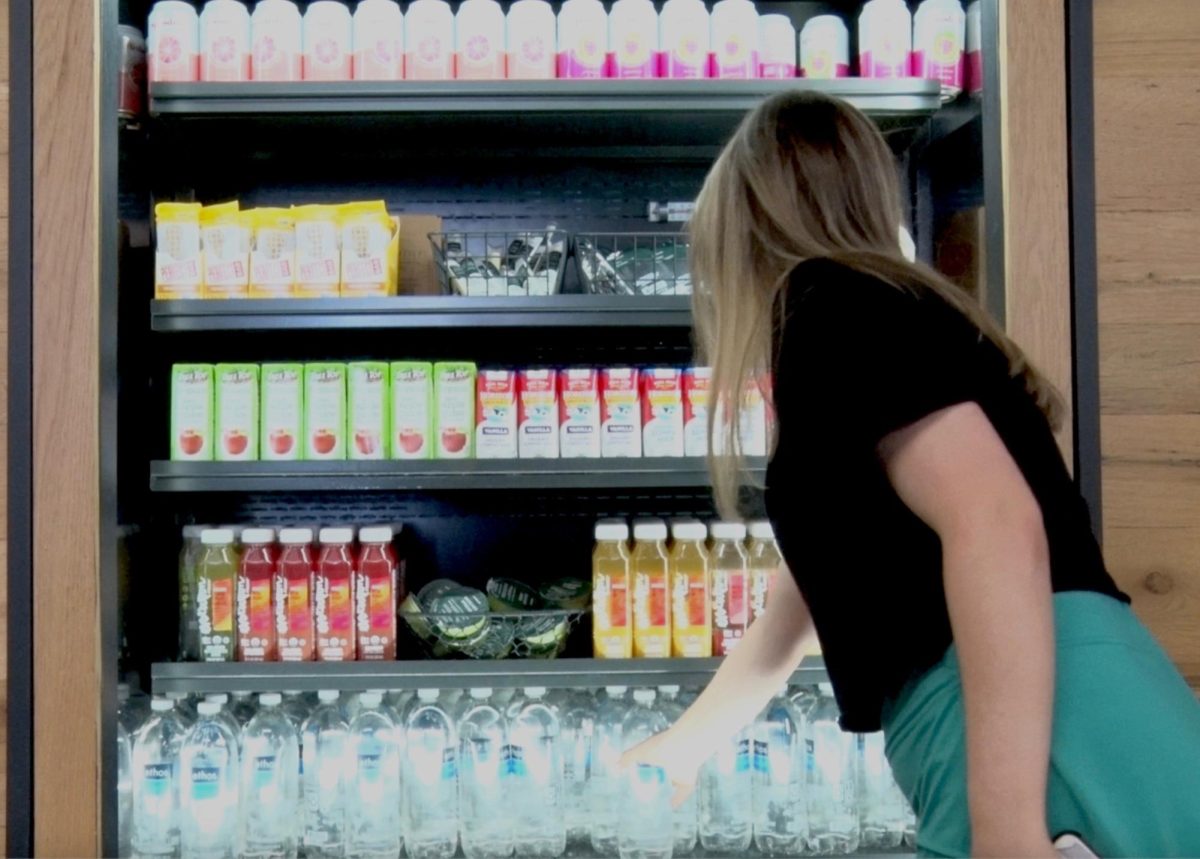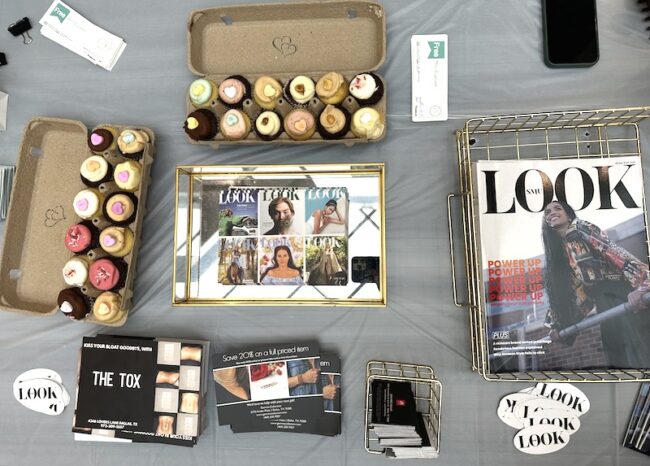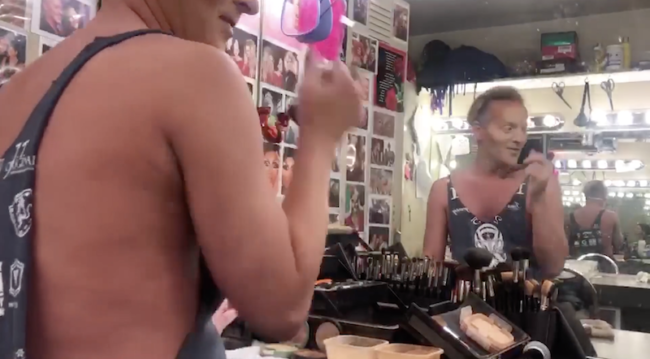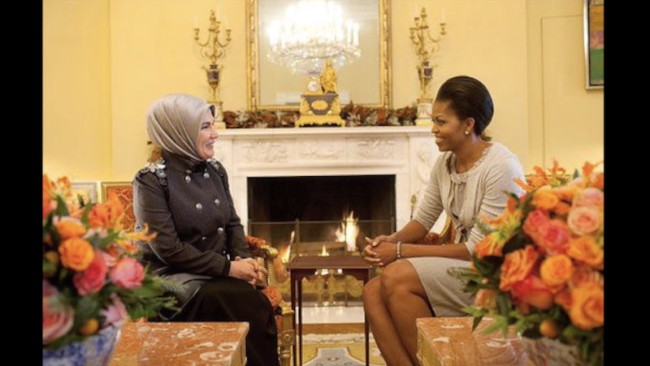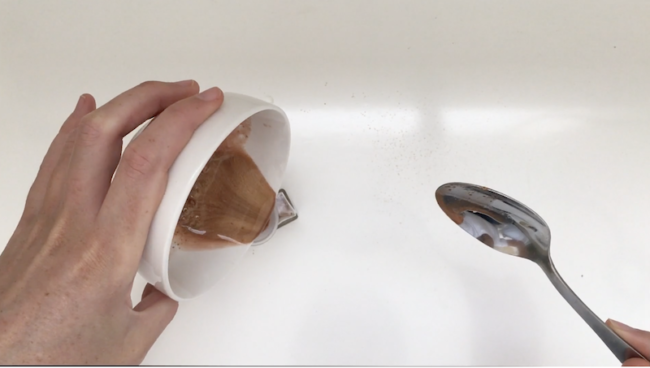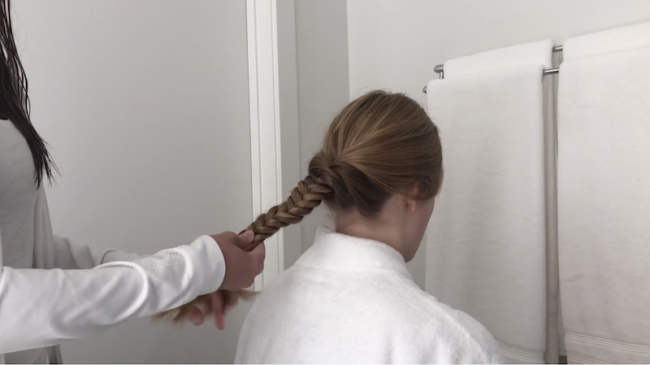Studying for finals in the Fondren Library always leads to surprises.
One day, taking a break from a long session of cramming, I reached over the table to grab a random book for a bit of distraction. It dealt with African history, featuring colorful images of African women with thick wooden beads and bright red, yellow, green and purple fabrics draped in every imaginable way. Without even realizing it, the images inspired a theme for my new collection.
Many fashion designers spend hours searching for inspiration, but it is often best to let the inspiration find you. This organic, more genuine way to express yourself helps you get in the flow. Embraced by the process, you can come up with better results in a shorter period of time.
Pinning down the inspirational theme is perhaps the most important step in fashion collection development. Once you get that done, the rest of the pieces fall together.
Like many designers, I find mood boards effective for easing into the process of collection development.
After I come up with my theme, I usually spend about two weeks putting together my mood board.
I analyze recent collections of my favorite designers, research of future trends, collect inspirational images, shapes and silhouettes, fabric samples, color palettes, hair and make up that will complement the collection on the runway, music that the models will walk to, famous models that could wear it and advertising campaign ideas.
A collection is more than just items of clothing – it represents a view of the world, an attitude and an atmosphere.
A detailed mood board makes it easy to stay on focus during the next steps and helps create a strong, uniform message. The next step of collection development is “skeleton creation.” This is the technical matrix of its composition: number of pieces, ratio of tops to bottoms, proportion of casual and dressy pieces and colors for each piece.
Not devoting enough attention to this step can result in five skirts and three shirts, where only one of them would match because of their colors.
Ideally, to facilitate total look assembly, all colors in the palette should complement each other, and the main silhouettes should be identified in advance.
All my ideas for the line fit under the same main theme – for ethnic Africa, I usually divide them into three main groups: beads, African mask print and flower ornaments. This allows for several waves within the collection that can harmoniously arrive in the stores at different times, facilitating the production process. Dividing the collection into subgroups makes it easier for buyers and fashion journalists to comprehend.
For me, the next step, coming up with actual designs, is the most intimate and fun. I usually start with sketches to work out my main ideas. Once the general direction is clear, I stop sketching and let the rest evolve.
For example, I might accidently put on a dress sample backwards, forming a beautiful drape in the front.
Then I would try to make a top with that same drape. Afterwards, I would experiment with that drape in a skirt, so support the top, which would multiply into a few kinds – different length, shape, or a fabric with a different property.
Because I can’t have only one piece made out of a certain fabric, I would think of ways to use it again.
Repeating and elaborating on my favorite elements makes my collection united and logical.
I try to include interesting fabrics every season Рpliss̩, boucl̩, with a print or embroidery. I prefer simple cuts that accentuate femininity, as opposed to androgynous elaborate silhouettes that designers often experiment with.
I use textures, fabrics, prints, color or draping to make it my pieces stand out.
Through this process of trial and error, the collection magically forms itself. I think of it as a living creature, like a baby – once you give birth to it, it grows itself, and your only task is to keep an eye on it to make sure it behaves.
By this, I mean that it stays within the technical matrix that you already formed.
Although a collection needs to repeat the main elements, it can’t be overdone.
Apart from the sketch, a technical drawing of the seams, zippers, linings and other details helps the pattern maker understand how to construct each piece.
This is a two dimensional line representation with a side and a back-view, if necessary. Using it, the pattern maker draws and measures out, in real scale, every structural element. Afterwards, this is cut out in muslin, or other cheaper fabric with similar properties to the final one, and is sewn together. If the result represents the original idea, it is made in the final fabric, and if not, the construction needs adjustments.
Depending on the piece, it might take me many trials before I get what I want, however, every once in a while, ideas just don’t come to life. Upon completion of the collection, I personally test it for practicality: length, transparency, and uncomfortable cut-lines. Feeling of discomfort, and lack of harmony between the wearer and the clothes, ruins even the most beautiful piece.
Afterwards, I think of adding more colors.
Generally, I like for each piece to have a “basic” color and a “fashion” color, so it can appeal to a greater audience, but not competing colors, like grey and black, because they serve the same purpose in the wardrobe.
After the color assignment, a collection can be presented on a fashion show, a trunk show, to the buyers and journalists and sent to manufacturing, and I can go back to studying for midterms and exams with a feeling of accomplishment and self-fulfillment.



